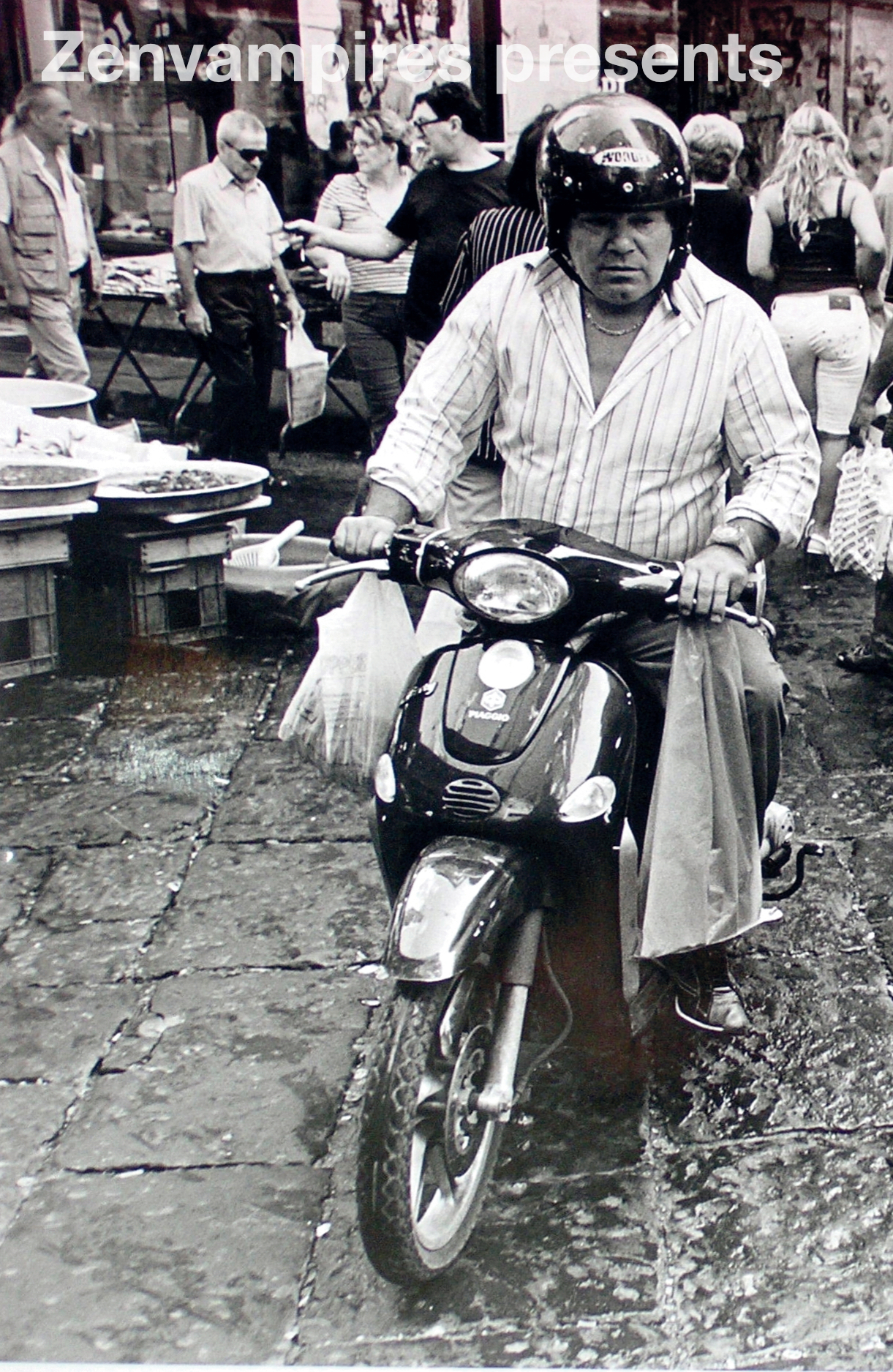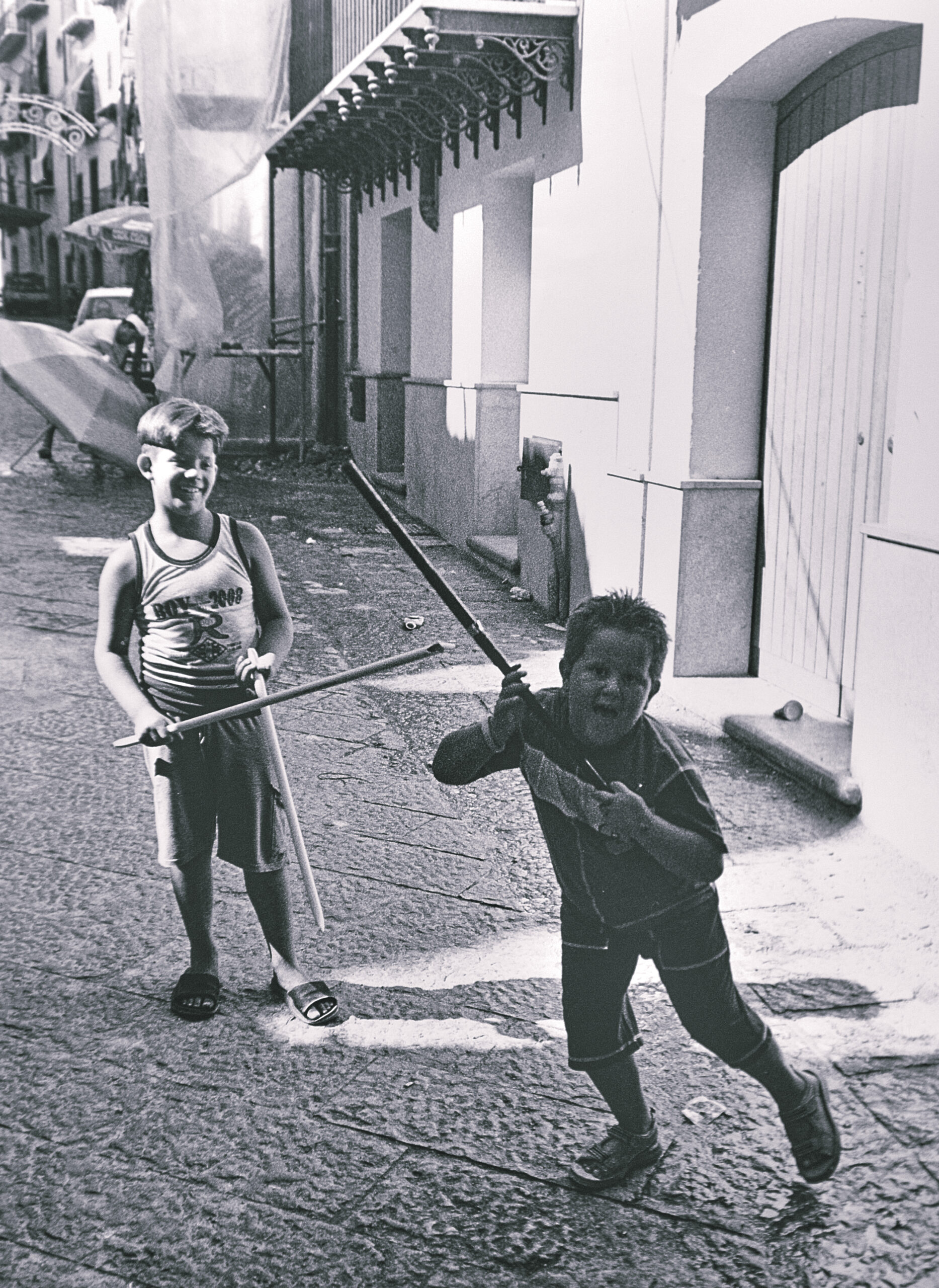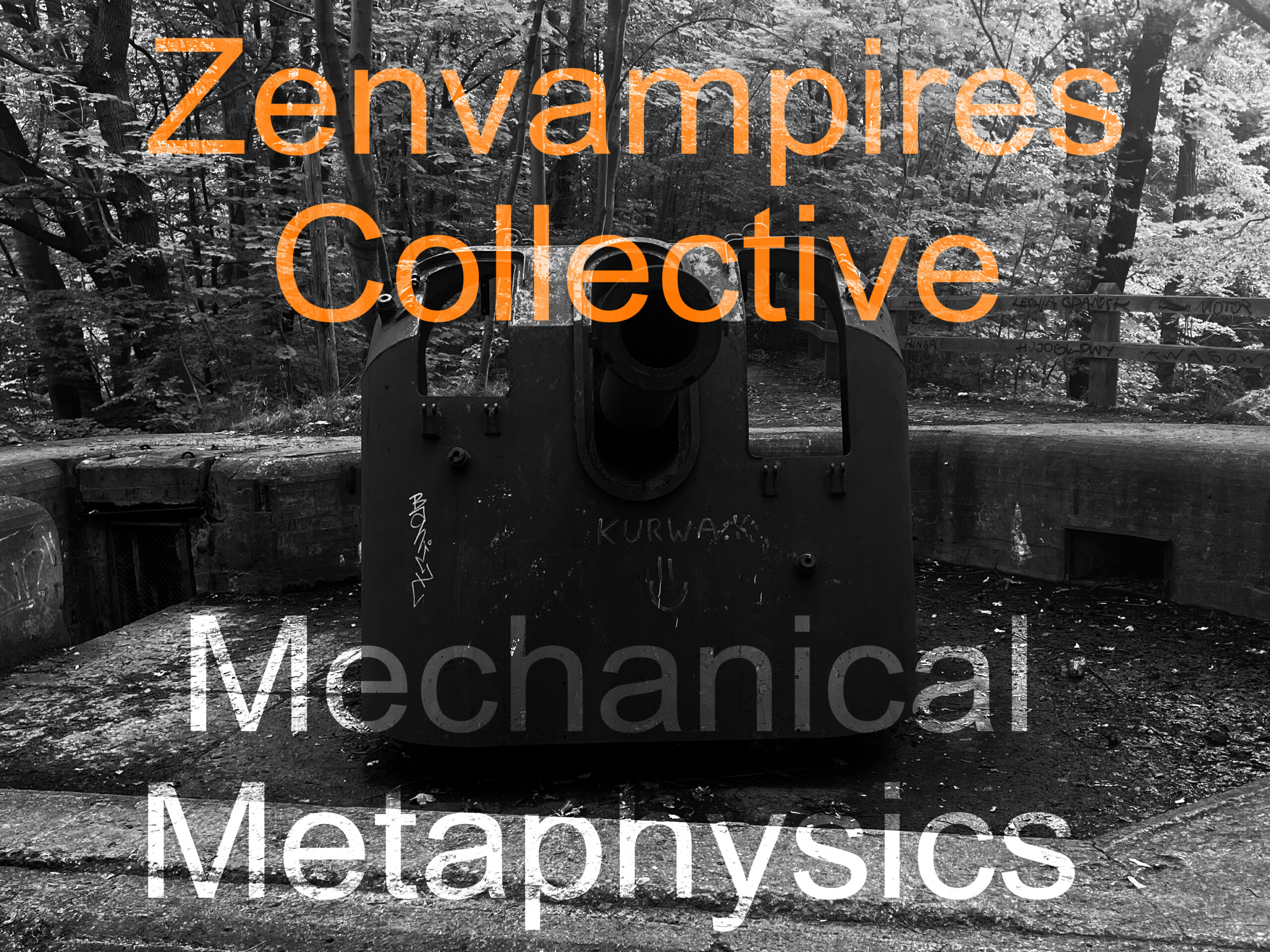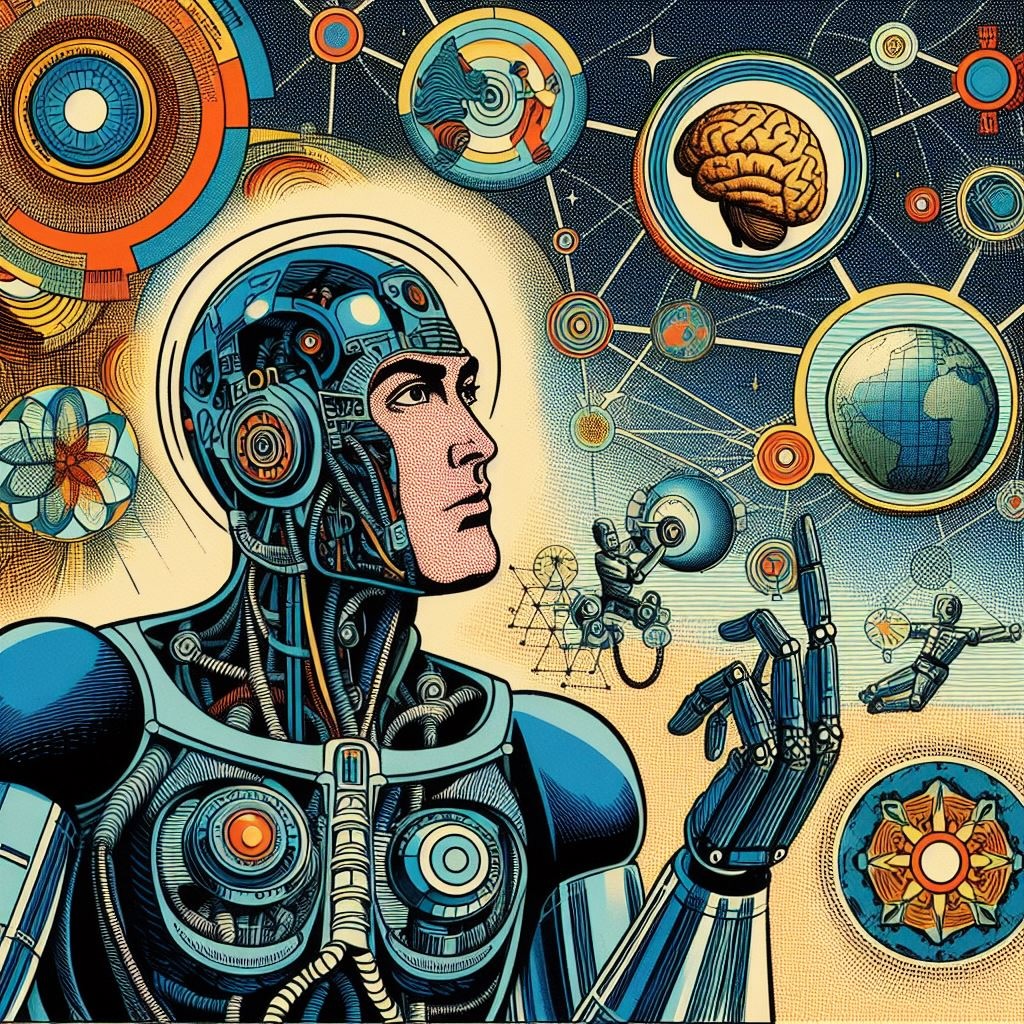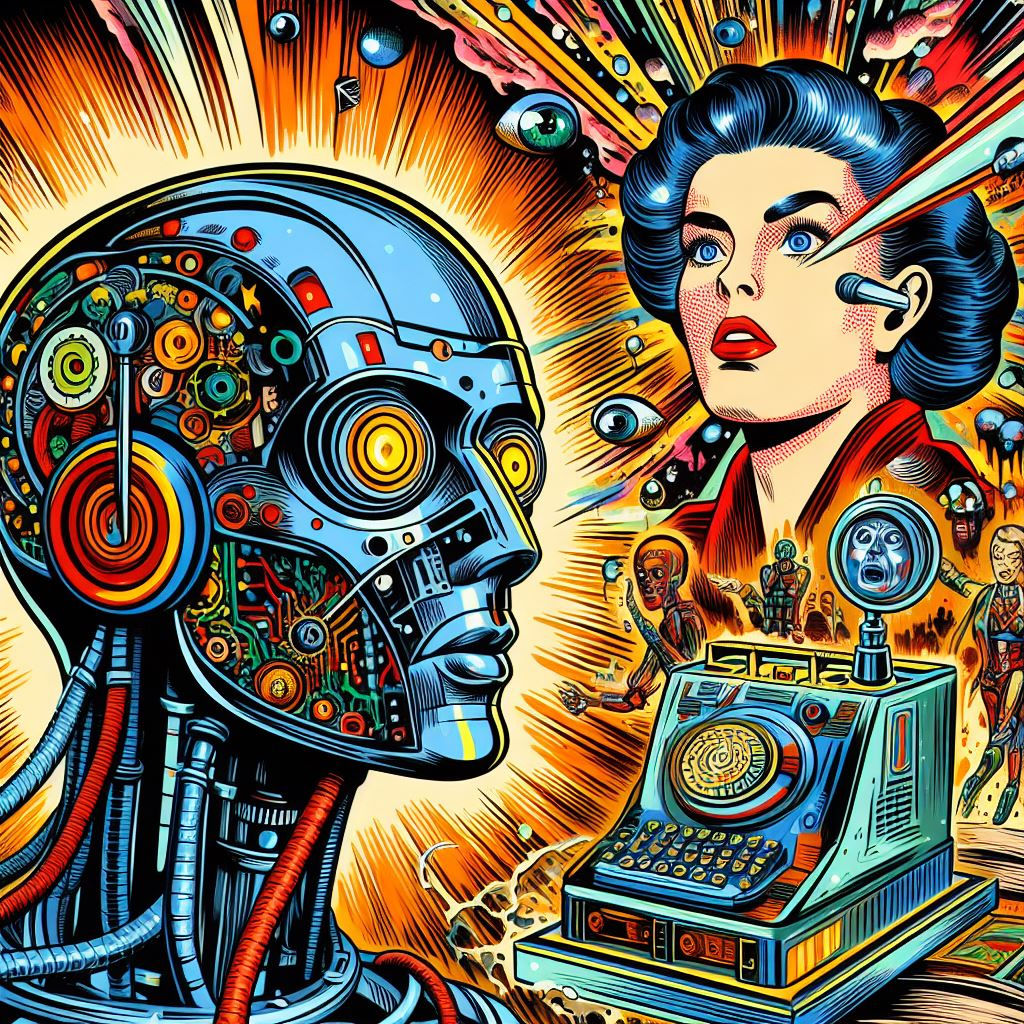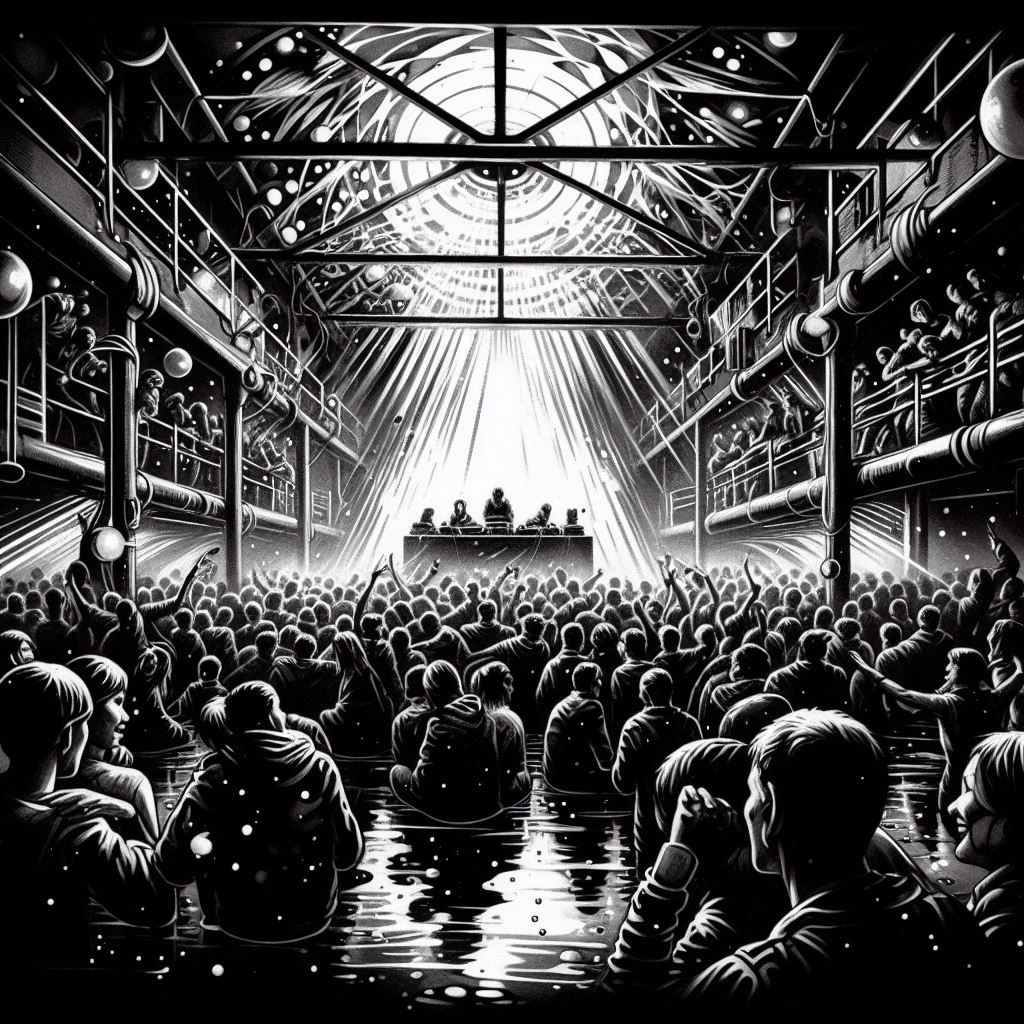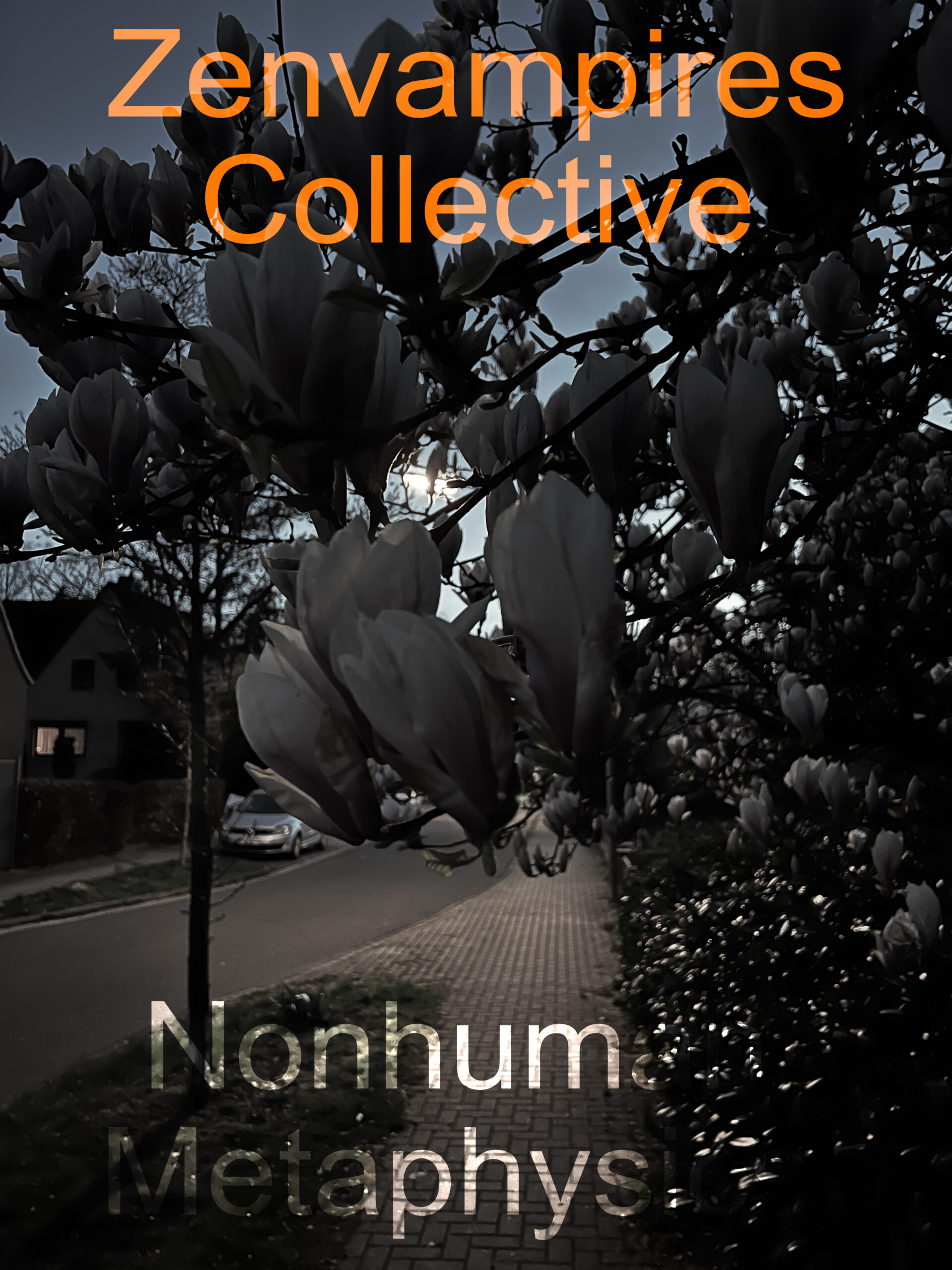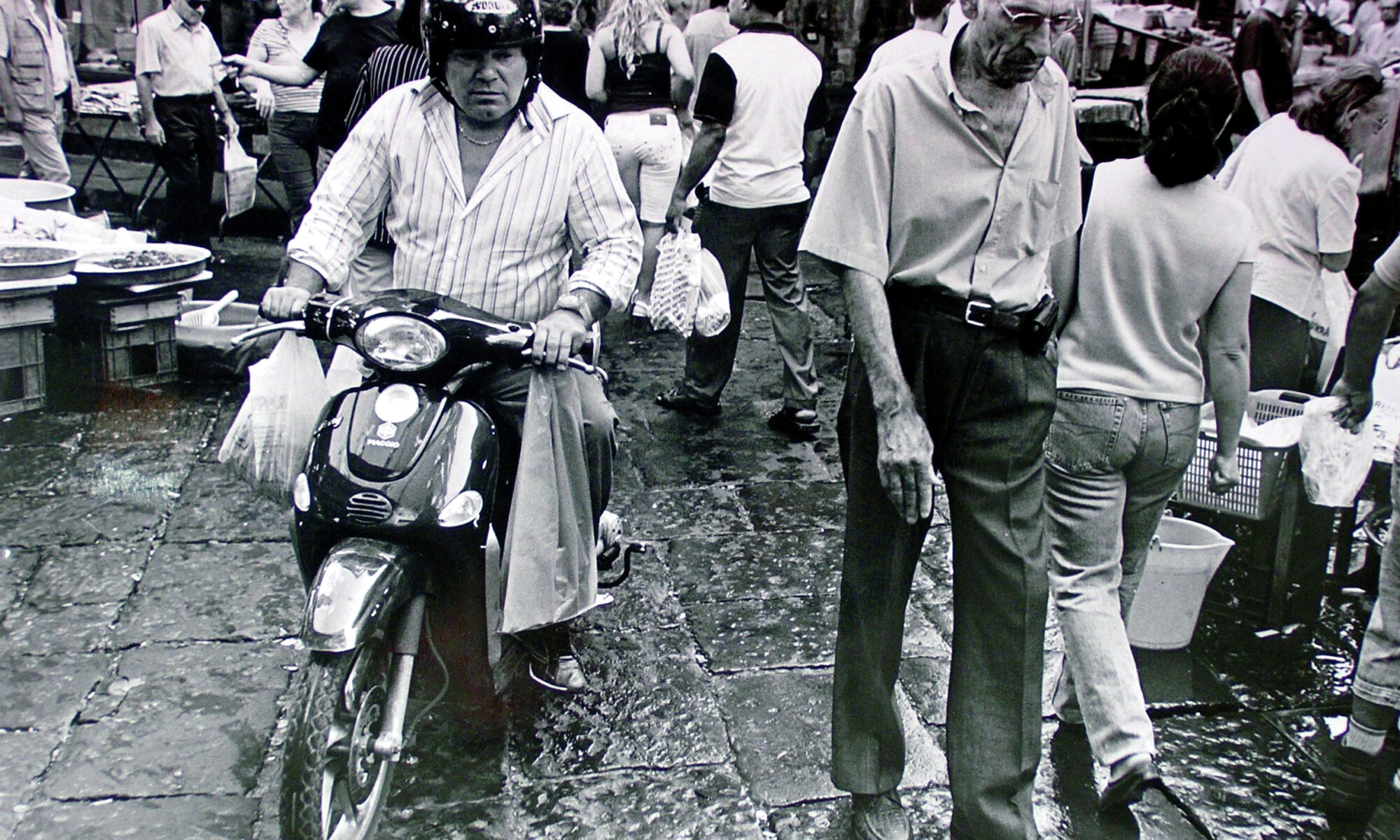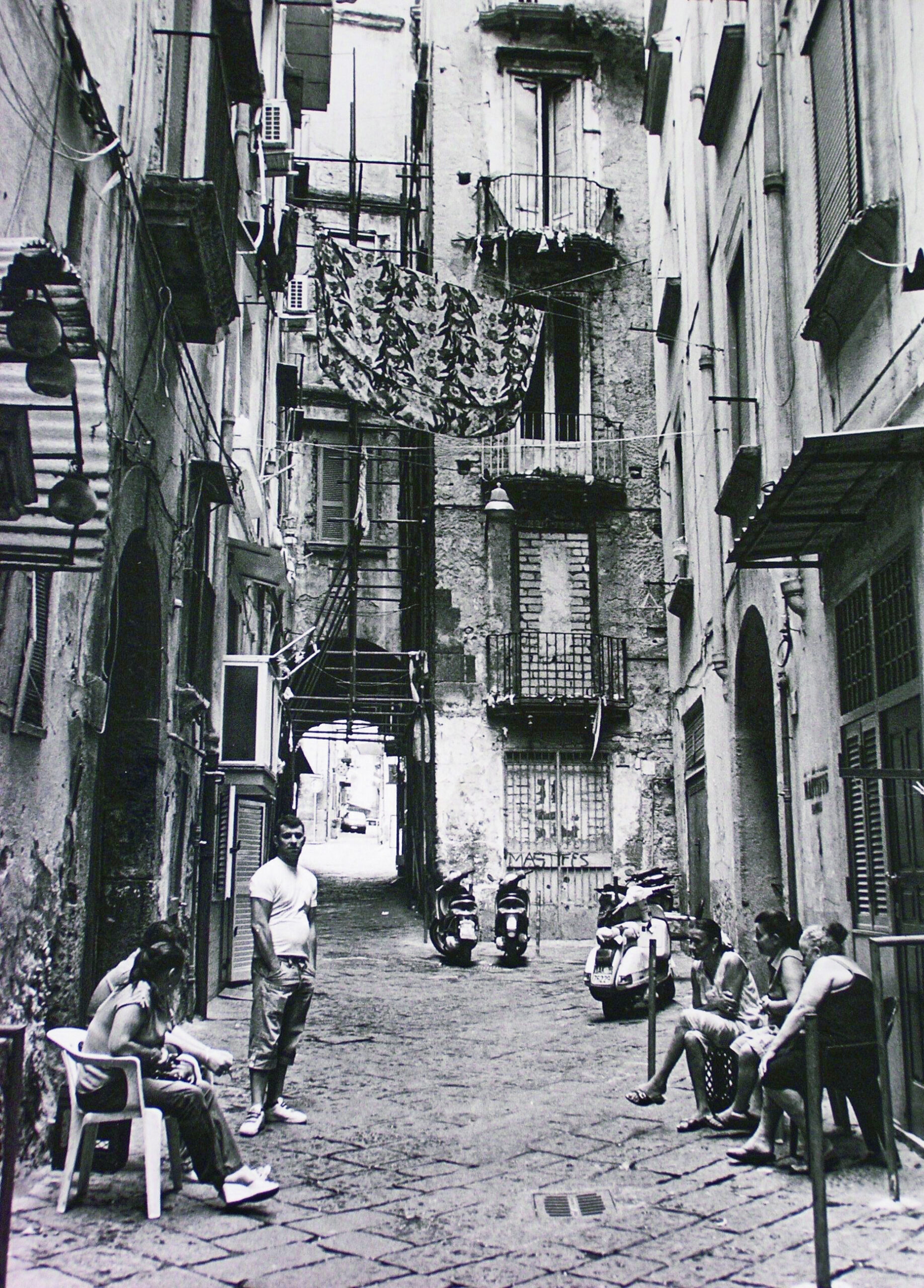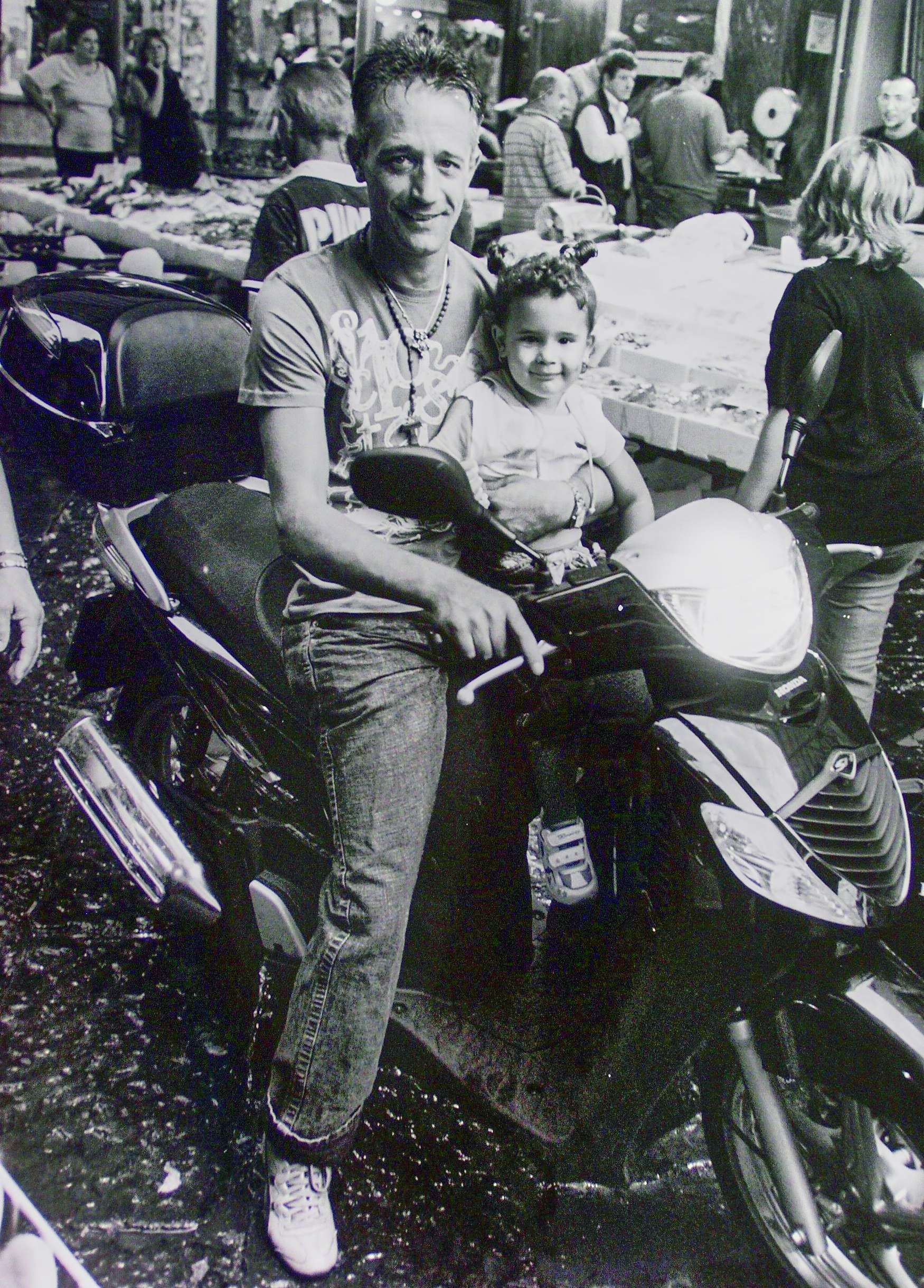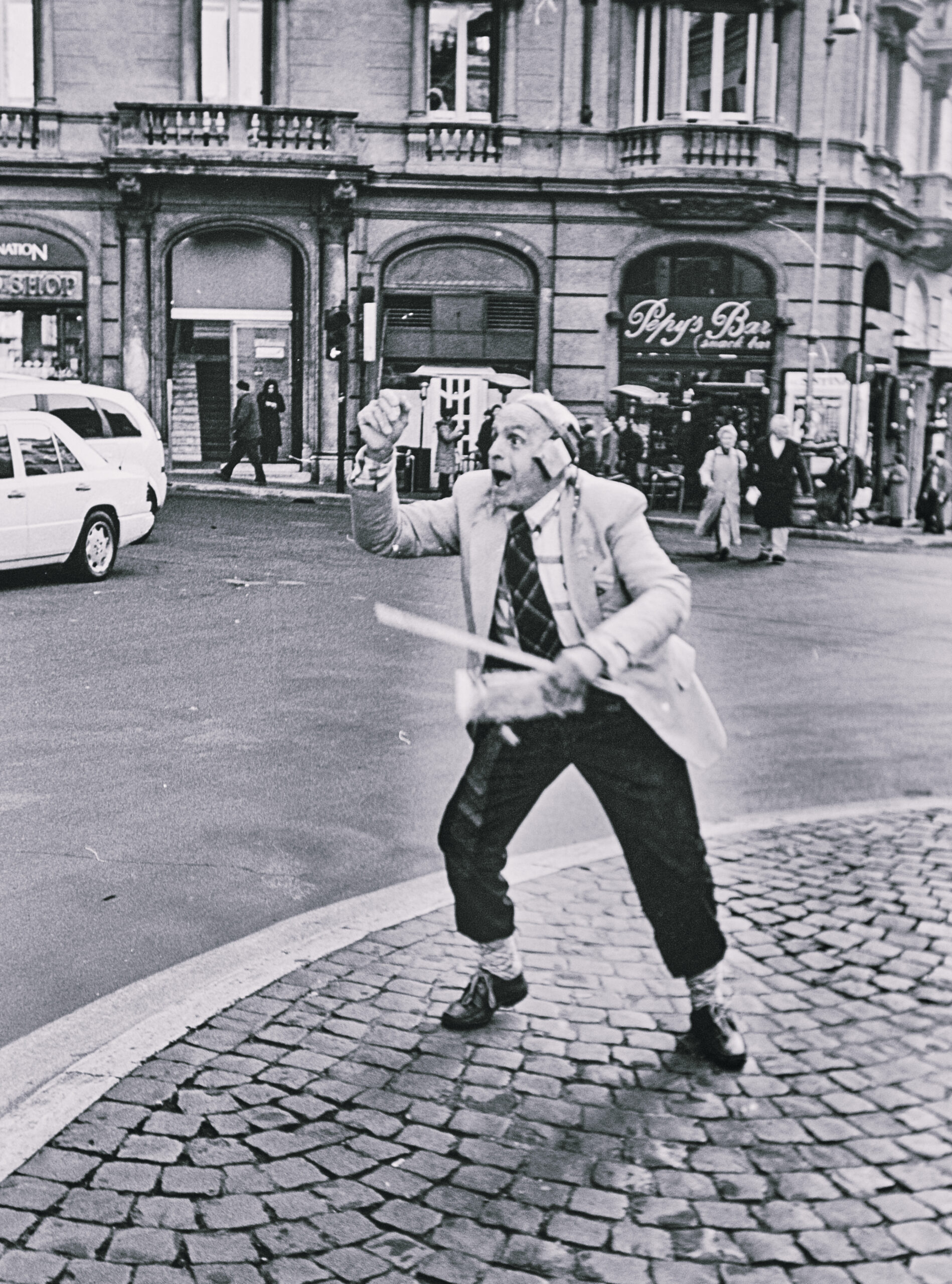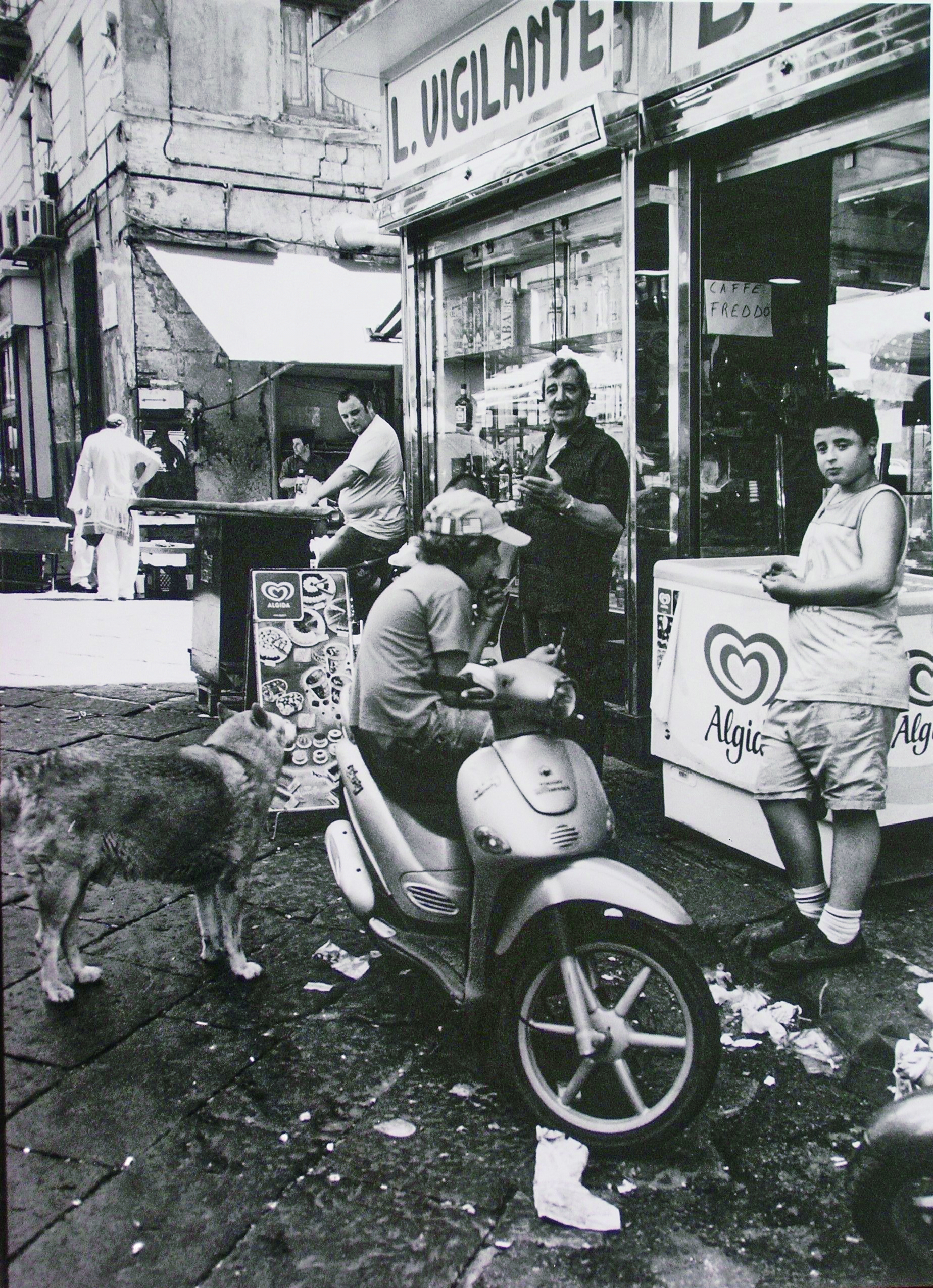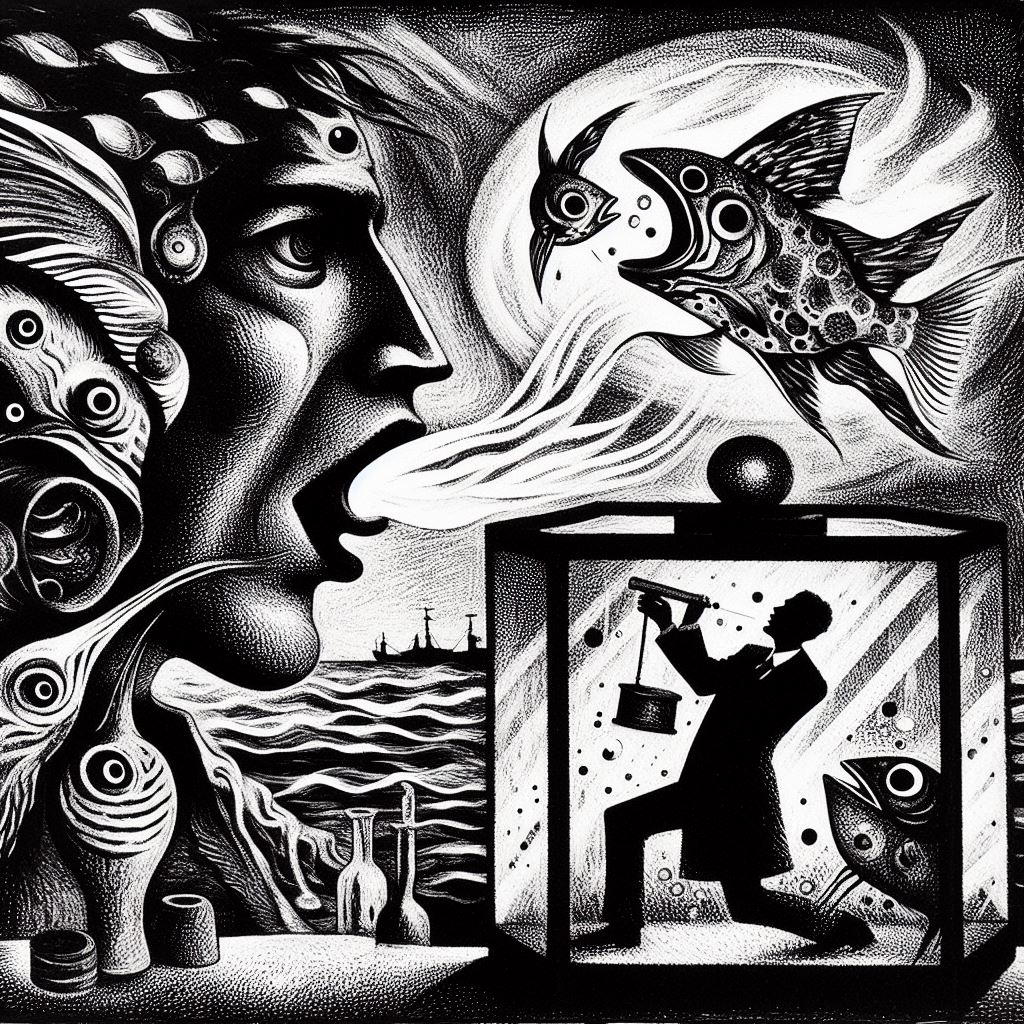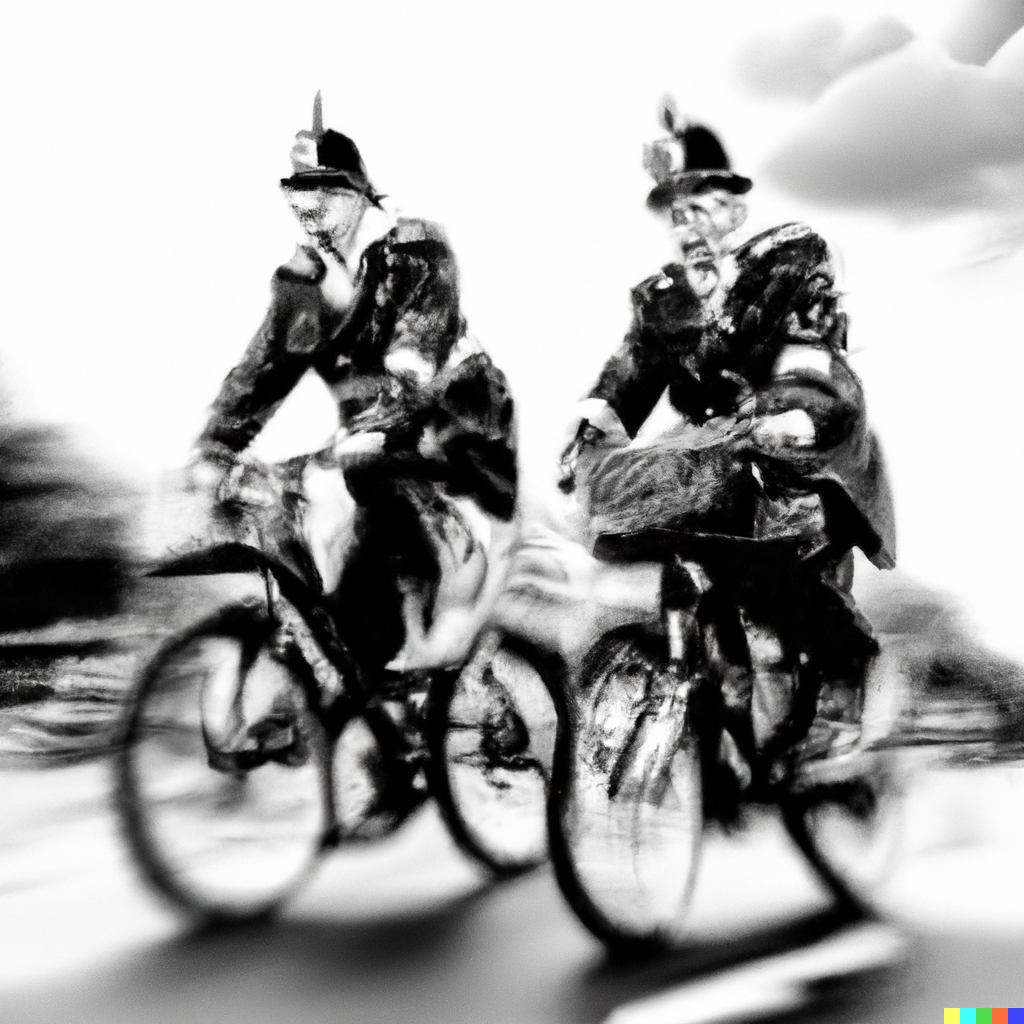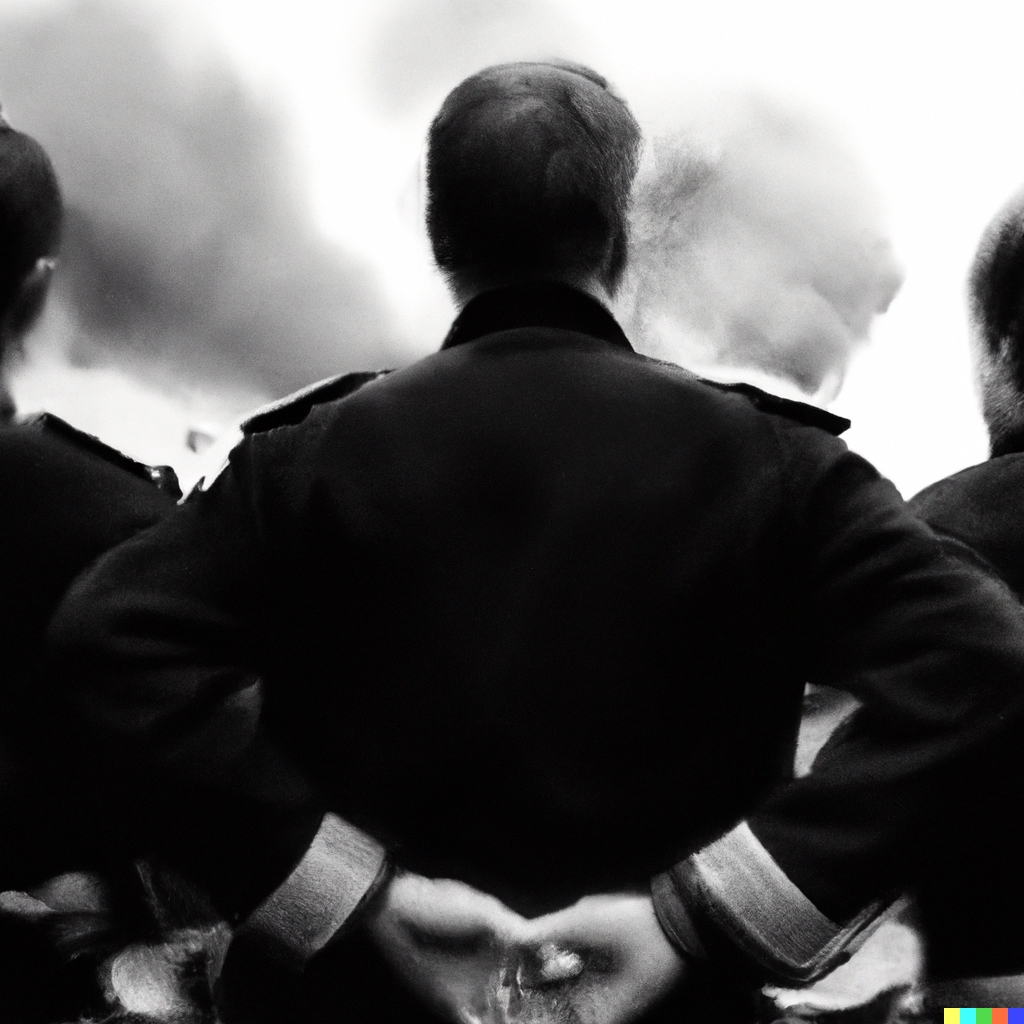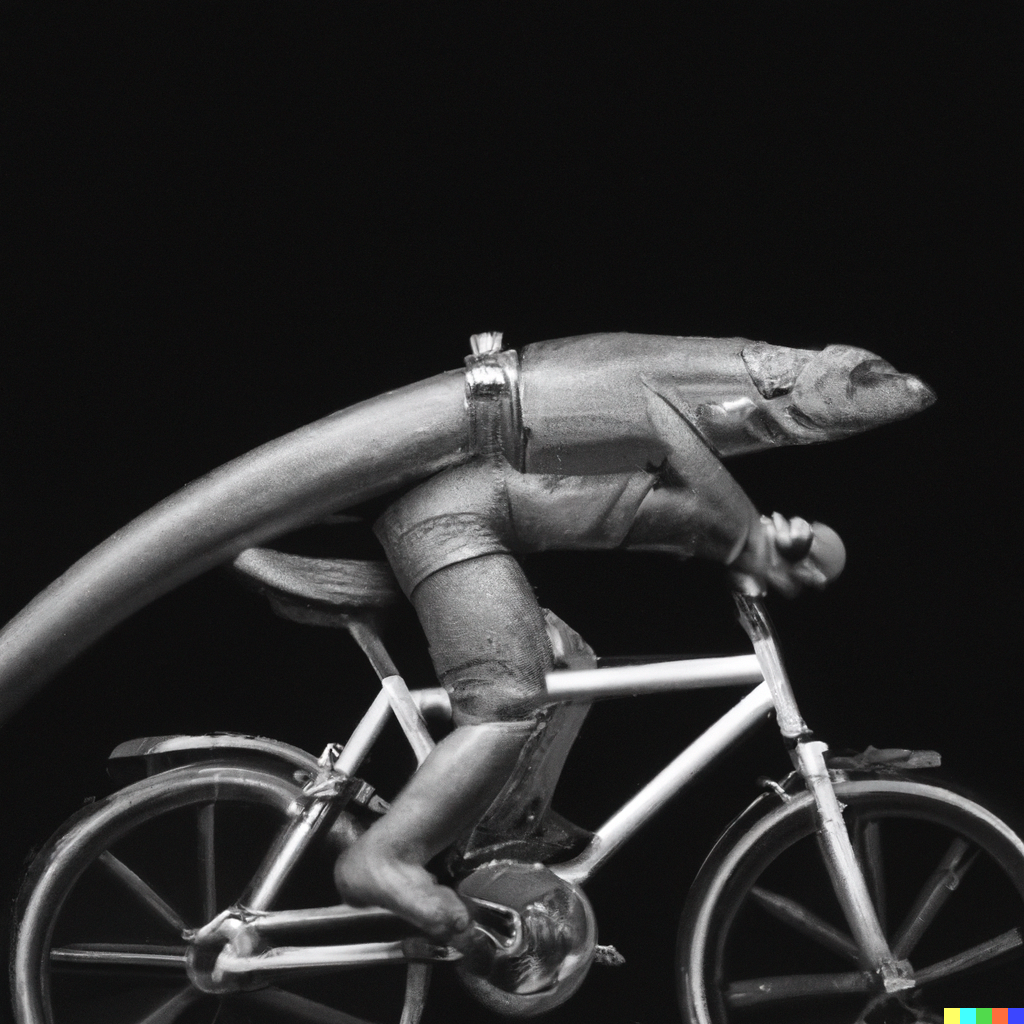Yannick
What is art?
The question is reminiscent of Walter Benjamin. But we are not going to deal with it. The question posed in the film Yannick is also reminiscent of the fundamental question of capitalism and the consumer. Because what does it mean to consume art? Or rather, what does it mean if I am not satisfied with the art offered to me?
Quentin Dupieux poses this question in his film Yannock. Or he asks many questions. But we won’t write about all of them.

What is art?
There are many ways to answer this question. But that’s not what we want to write about here. More interesting for us is that Dupieux’s movie reminds us of it. What is theater? There are people who march unsuspectingly through the European Biennial. Later, they post pictures of it on social media or send photos to their friends. And they are proud to have been at the Venice Biennale. Or the Documenta. But what did they see? What did they experience? Was it good? We never find out. The experience of art is to have been there. And to have experienced “art” or what someone understands it to be.
What is the meaning of art?
Of course, we could think about what art wants to achieve. We could go back in time and take an anthropological approach. We could look at religious, social, and other meanings. And we could also think about the fact that Europeans, having discovered that you can make a lot of money with “art” (if we are not mistaken, this idea was born in Amsterdam, but perhaps much earlier, in one of the Roman villas). In the end, we may come to the conclusion that art, in its present form, should entertain. We as viewers, or rather consumers, should, well, consume art. In the end, we don’t care what ideas the artist had when creating the work. We are supposed to… be entertained. Surely there are other meanings of art in society. Especially in such a complicated society that calls itself European. There are still the political, religious and aesthetic aspects. But the consumer should consume. A good consumer is always good for the economy.
The Movie
The movie would be told quickly. But what is Wikipedia for? Despite the rather boring description on Wikipedia, the movie touches on exactly these metaphysical problems. What happens to the viewer when the art shown to him does not meet his expectations? Is he now a consumer? Do they have “rights”? Like a consumer who can simply return the goods? Or have they simply not understood the demands of the creator? What happens if he disagrees with the work of art? What happens to a bad piece?
What is the point of art?
Dupieux does not give answers. He asks questions, in a rather short film. “Yannick. Just look for it in the cinemas near you. Or on the Internet. And think about the fact that you might not like the movie.



